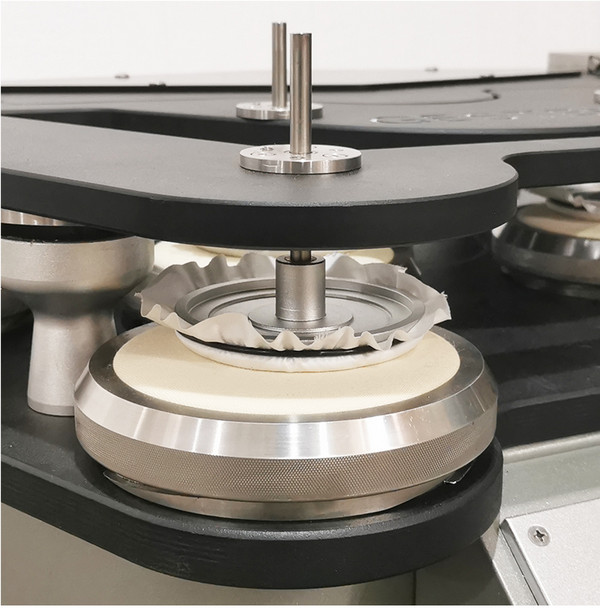- Qinsun Instruments Co., Ltd.
- Tell:+86-21-6780 0179
- Phone:+86-17740808215
- Address:No. 2578 Minhang District Gu Dai Road, Shanghai
- Contact:Mr. Li
- QQ:846490659
Detecting sweeteners in food

More and more countries are now searching for alternatives to sucrose. Among sucrose substitutes, aspartame is mainly used in the United States, accounting for over 90%, while steviol is mainly used in Japan. Europeans are more interested in AK sugar (acesulfame). These three non nutritive sweeteners can be used in China. The National Food Safety Standard of China specifies the hygiene standards for the use of food additives, which specify the types, scope of use, and maximum amount of food additives allowed to be used in China.
The scope of application for saccharin is: it can be used in frozen beverages, pickled vegetables, bread, pastries, biscuits, compound seasonings, beverages, and prepared wines, and should not exceed 0.15g/kg;
The scope of use of saccharin: it can be used in frozen beverages, canned fruits, bread, pastries, biscuits, compound seasonings, beverages, formulated wines, and jellies, but the maximum range of use shall not exceed 0.65g/kg;
The scope of use of steviol sugar is: it can be used in moderation according to production needs in preserved fruits, cooked nuts and seeds, candies, pastries, seasonings, beverages, and puffed foods.
At present, more than 100 countries around the world have approved the use of aspartame. The Chinese health department approved the use of aspartame in 1986. Currently, it has been widely used in various foods except canned foods. According to extensive research, aspartame is not only suitable for children to use (without causing dental caries), but also safe for pregnant women to use reasonably. As a food additive, sweeteners are widely used in food, so their detection technology is increasingly valued by countries around the world.
Testing method for sweeteners
Taking five common sweeteners in food: acesulfame, aspartame, saccharin sodium, saccharin, and steviol as examples, this article introduces the detection methods for sweeteners in food.
1. High performance liquid chromatography method
High performance liquid chromatography is one of the commonly used methods for detecting sweeteners in food. In the compilation of food hygiene inspection methods in China, both GB/T5009140-2003 Determination of Potassium Acetosulfonate in Beverages and GB/T500928-2016 Determination of Sodium Saccharin in Foods are detected by liquid chromatography.
Currently, research has been conducted on the detection of sweeteners using UV absorption detectors, diode array detectors, differential refractive index detectors, and evaporative scattering detectors.
2 Gas chromatography method
Gas chromatography has the advantages of high sensitivity and low detection limit. Gas chromatography is used for the determination of saccharin in food. The determination of sodium cyclamate in food according to the Chinese national standard GB/T5009.97-2016 is carried out using gas chromatography-hydrogen flame ionization detector. It is mainly used for the determination of saccharin in beverages, cold fruits, and other foods.
3 ion chromatography method
Ion chromatography is a chromatographic method that uses a conductivity detector for constant and trace analysis of mixtures of cations and anions. Ion chromatography has only a history of over a decade, and it has broad development prospects in selecting new eluents, synthesizing new low exchange capacity ion exchange resins, and high sensitivity detectors in the future.





